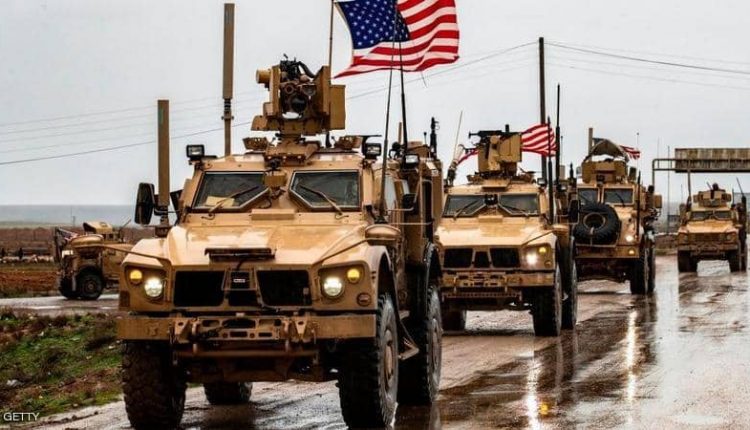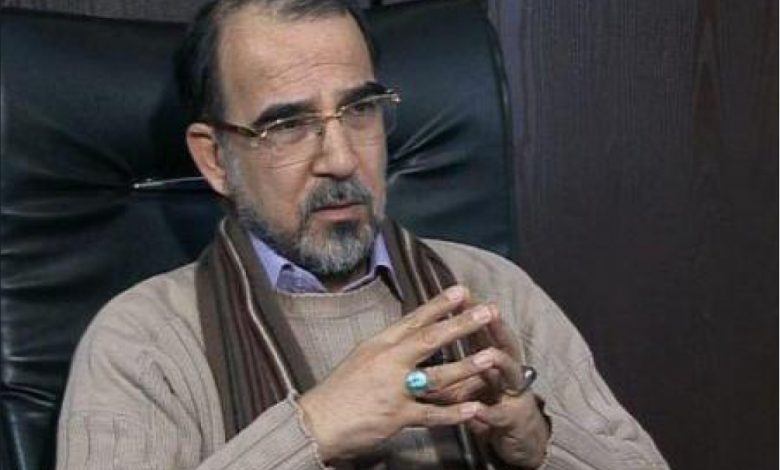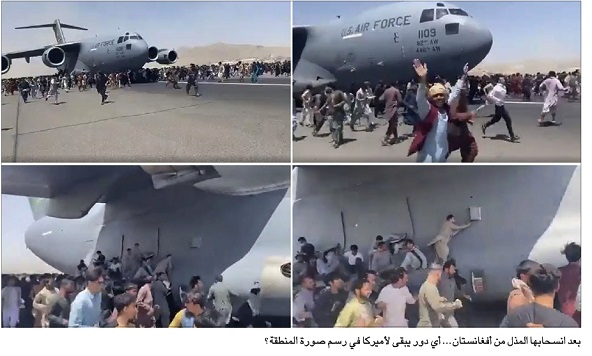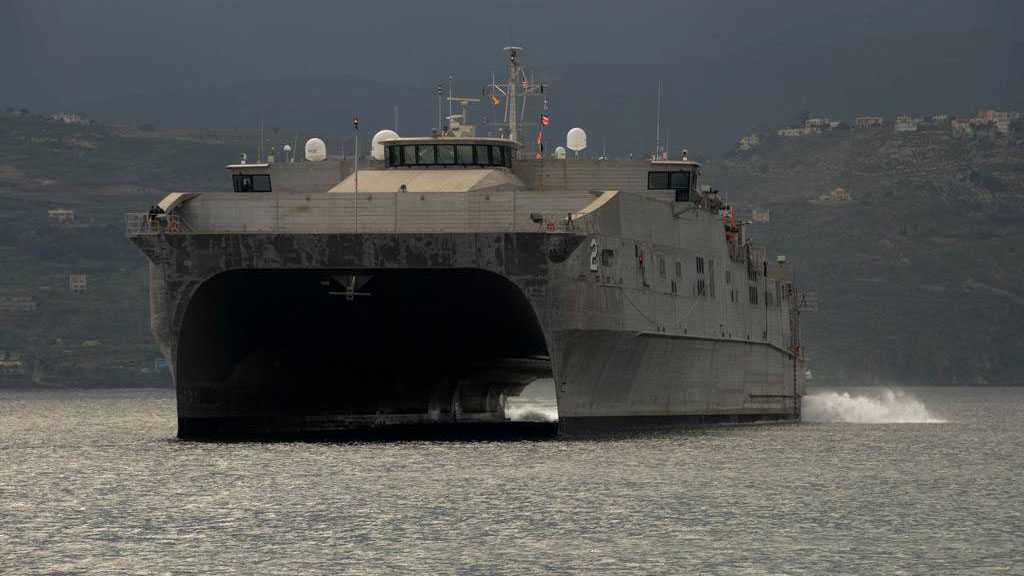ISIS attacks in Syria and Iraq have declined by 68 percent and 80 percent respectively, per the US military’s own admission. So why is Washington sending, with no legal basis, an additional 6,000 troops into a region that doesn’t want them there?
In a significant move that sent worrying ripples across West Asia, the US military has discreetly dispatched over 6,000 troops to the region, igniting tensions and triggering debates on regional stability. While the surge of forces into the Red Sea to counter Iran’s actions in the Persian Gulf has garnered attention, the deployment of a substantial US military presence into Iraq and Syria has largely gone under the radar.
On 7 August, a formidable contingent of over 3,000 US sailors and marines entered the Red Sea aboard two imposing warships. This maneuver has been widely interpreted as a response by the US Navy to the alleged seizure of approximately 20 internationally-flagged ships by Iran in the Persian Gulf over the past couple of years.
While the Islamic Republic claims to have seized the tankers under legitimate security grounds and accuses the US of breeding further instability with its troop deployment. Washington maintains that the move will work “to deter destabilizing activity and de-escalate regional tension.”
Weeks before, with much less fanfare, the US military also readied some 2,500 light-infantry troops for deployment to Iraq and Syria in mid-July. According to a report from a local New York media outlet, these soldiers, hailing from the 10th Mountain Division’s 2nd Brigade Combat Team, embarked on their mission after departing from the Fort Drum military base. Their mission, spanning nine months, is to actively engage in Operation Inherent Resolve (OIR), the ongoing US-led anti-ISIS operation across both Iraq and Syria.
Uncertain troop surge
US President Joe Biden’s administration has said that the US-led combat mission inside Iraq was supposed to have officially ended in December of 2021. In July of that same year, Baghdad and Washington agreed to a plan under which all US combat forces were to be withdrawn from the country by the end of the year. Despite this, combat units continue to be rotated into the country.
Officially, the stated number of US service members currently operating in Iraq is 2,500; there is an unknown number of mercenaries who work for private military contractors. Although it is unclear what proportion of the 2,500 were headed to Iraq and Syria respectively, there is a clear increase in troop presence in both West Asian states.
The 40th Infantry Division of California’s National Guard also deployed 500 soldiers to Iraq and Syria earlier this year. As recently as 8 August, another batch of soldiers from the 1889th Regional Support group had departed the US, with further deployments likely.
There have been allegations, initially surfacing in the Turkish newspaper Yeni Shafak, that the US will be deploying some 2,500 troops into north-eastern Syria in order to bolster the position of their local partners, the Kurdish-led Syrian Democratic Forces (SDF).
As of yet, there has been no confirmation of such a large troop surge, which would constitute a colossal leap from the publicly-stated 900 US troops acknowledged to be illegally occupying Syrian territory.
The Iran-Russia-Syria axis
The Washington-based Institute for the Study of War recently published a report on an alleged Iranian-Russian-Syrian plan to force the US out of the country altogether, claiming that “this campaign poses a serious risk to US forces in Syria and US interests in the Middle East (West Asia).”
It is public knowledge that the US bolstered its forces inside Syria back in March, when it dispatched a squadron of A-10 attack aircraft following a series of lethal strikes against their forces. Washington has complained several times this year about the conduct of Russian fighter pilots in Syrian airspace, while doubling down on its legally groundless claim that US forces have the right to self-defense in sovereign states thousands of miles away. Despite these violations of international law, the US administration has made clear it has no intention of withdrawing from West Asia.
Underpinning the US’s occupation of a significant portion of Syrian territory and its troop presence in Iraq is OIR. Framed within the legal framework of the 1991 and 2002 Authorizations for Use of Military Force (AUMF), which previously served as the basis for the 2003 invasion of Iraq, OIR ostensibly targets ISIS.
However, Baghdad has repeatedly called for the withdrawal of US forces, most recently on 15 August, with Prime Minister Mohammed Shia al-Sudani stating that Iraq “no longer needs the presence of foreign combat forces on its soil.”
The 2023 justification for OIR also cites an Iraqi government request dating back to 2014 when ISIS was cutting a swathe through the country’s north. However, this reasoning sidesteps the Iraqi parliament’s 2020 vote demanding full US troop withdrawal, coupled with widespread street protests echoing the same call.
Beyond ISIS: OIR’s broader strategy
Drawing from data shared by the Combined Joint Task Force (CJTF) Commander Major-General Matthew McFarlane, there has been a remarkable decline in ISIS attacks. According to McFarlane, between January and April, there had been “a record of a 68 percent reduction in [ISIS] attacks when compared to the same period last year” inside Syria.
In Iraq, there has been an 80 percent decrease in ISIS attacks this year when compared with 2022. As the number of ISIS militant attacks are decreasing exponentially, it would make no sense for the US to increase its troop presence inside Iraq and Syria, unless it was for motives beyond the scope of OIR.
If the recent naval deployment to the Red Sea was openly retaliation for Iran’s naval activities in the Persian Gulf, then it would make sense that perceived Iranian threats to US interests in Iraq and Syria could merit a similar troop deployment increase.
Earlier this year, the current Pentagon Chief, Lloyd Austin, made a surprise visit to Baghdad, where he declared that US forces will remain inside Iraq and indicated that this decision is in line with the ongoing fight against ISIS.
Senior officials within the Biden administration, including Deputy Assistant Secretary of Defense (DASD) for the Middle East Dana Stroul, have explicitly discussed the need to counter Tehran’s influence in the region. This discourse intertwines with the broader context of OIR, raising suspicions that the operation serves as both a legal pretext and a veiled strategy to contest Iranian and Russian presence in the region.
Exploiting issues in the Gulf
To provide context, it is essential to revisit some recent events in northeastern Syria. Following clashes between the Syrian Arab Army (SAA), its allies, and US forces, the USS George H.W. Bush, an American aircraft carrier, was repositioned closer to Syria.
This move, explained Deputy Pentagon Press Secretary Sabrina Singh, was due to “increased attacks from [Iran’s Islamic Revolutionary Guard Corps (IRGC)]-affiliated groups targeting our service members across Syria.”
In the Persian Gulf, tensions between Iran and the UAE over the ownership of the Abu Musa islands have provided an opportunity for the US to leverage divisions among neighboring states. While the Gulf Cooperation Council (GCC) and Russia advocate for dialogue, Iran maintains its stance on the islands’ non-negotiability. The IRGC’s naval maneuvers have further accentuated the potential for escalating tensions, as the US seeks to exploit discord between Iran and its neighbors.
On the Syrian front, there have also been indications that the al-Qaeda linked militant group, Hayat Tahrir al-Sham (HTS), which controls much of the Idlib province, may have signed a deal to unite themselves with the US-backed SDF that helps occupy north-eastern Syria.
According to Syrian opposition media outlet Syria TV, the US was supportive of the idea of an HTS-SDF union. If this is true, it could indicate that Washington is seeking to unite the three fronts that oppose the government in Damascus: the al-Tanf mercenaries, the SDF in north-eastern Syria, and HTS in Idlib.
US agenda in West Asia
There are now grounds for questioning the US claim that it is only operating 900 troops in Syria and 2,500 inside Iraq, especially with its new troop deployments. Moreover, by Washington’s own admission, the fight against ISIS has significantly decreased in scope.
This then begs the question, what is the legality of the recent US troop surge into West Asia, which is increasingly shaping up to be a force to confront Iran and Russia? If Washington’s real target is Tehran and Moscow, does the US government have any legal justification for its stationing of military personnel inside Iraq and Syria, placing US troops at risk over conflicts that have no congressional or popular domestic approval?
In order to counter an emerging multipolar order and its impact on West Asia, it appears that Washington’s agenda is now set on doubling down on its pre-existing regional objectives. With the advent of the Chinese-brokered rapprochement between Saudi Arabia and Iran, the heat has been on the US government to accomplish what the Biden administration views as a crowning achievement in the region: Israeli-Saudi normalization.
Short of this, to maintain the dominance of the collective west over the region, the immediate hurdle is overcoming the influences of Iran and Russia. This is why the occupation of roughly a third of Syrian territory by the US and its proxies, along with the imposition of deadly sanctions on Damascus, has become crucial in undermining the strength of its adversaries.
By keeping Syria divided and weakening the government of President Bashar al-Assad, the US is able to prevent the restoration of the Syrian state that now falls firmly under the Russian and Iranian spheres of influence.
Moreover, the recent tentative agreement between Washington and Tehran, which aimed to unlock billions in frozen Iranian assets in exchange for the release of five American prisoners, holds the potential to pave a path toward the revival of discussions to reinstate the 2015 Joint Comprehensive Plan of Action (JCPOA).
While the US’s ability to secure a renewed nuclear deal with the Islamic Republic could hypothetically create a conducive environment for Saudi-Israeli normalization, the looming specter of a potential Republican victory in the 2024 US elections may cast uncertainty over this prospect.
The use of sanctions, along with hostile intelligence measures and the deployment of troops closer to the Persian Gulf, all signal a US intent to prevent a further diminishment of their role in the region. In the wake of the Ukraine conflict, the White House’s capacity to exert its once-dominant presence in West Asia has encountered challenges, potentially prompting the current assertive stance by the US.
The views expressed in this article do not necessarily reflect those of The Cradle.
Filed under: Al Qaeda, China, Gulf Cooperation Council (GCC), IRAQ, Russia, Syria, The Islamic Republic of Iran, USA | Tagged: Iran-Saudi Deal, Persian Gulf, Prime Minister Mohammed Shia al-Sudani, Secretary of Defense Lloyd Austin, Syrian Democratic Forces [SDF], The Iran-Russia-Syria axis, The illegal US base in Syrian Al Tanf, U.S. Navy, US operations in Syria, US Withdrawal from west Asia, West Asia | Comments Off on What’s behind the US military surge in West Asia?




























